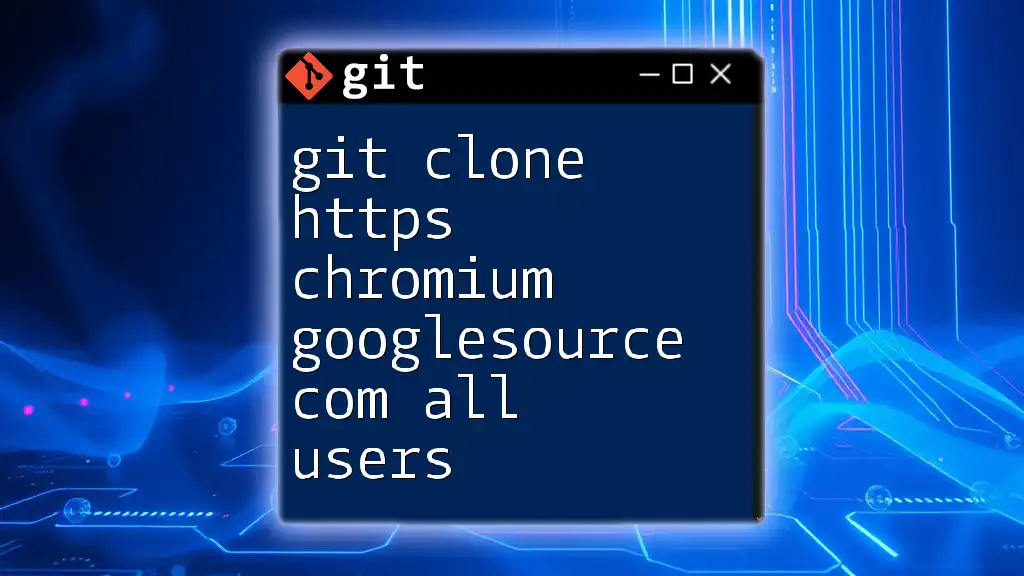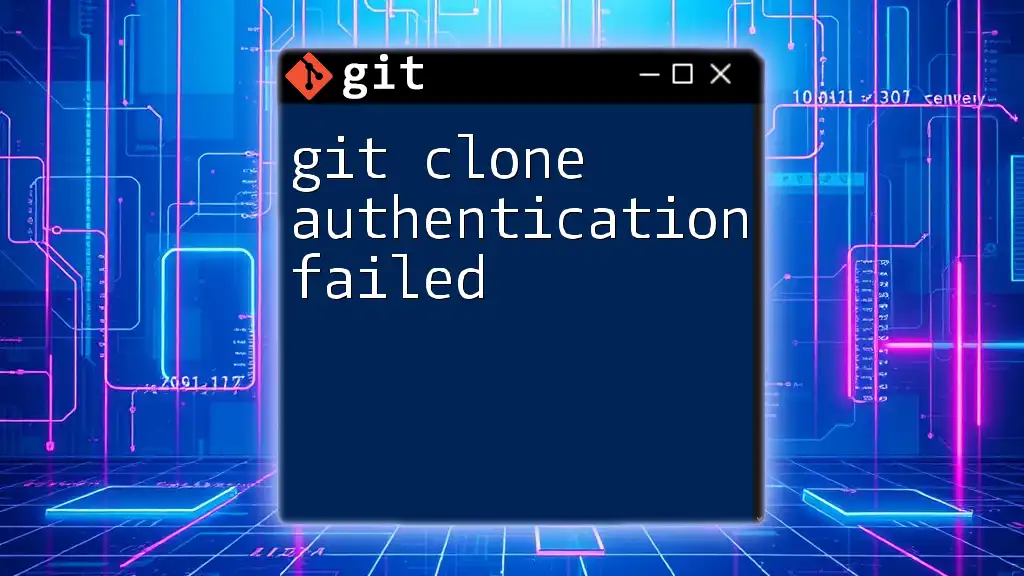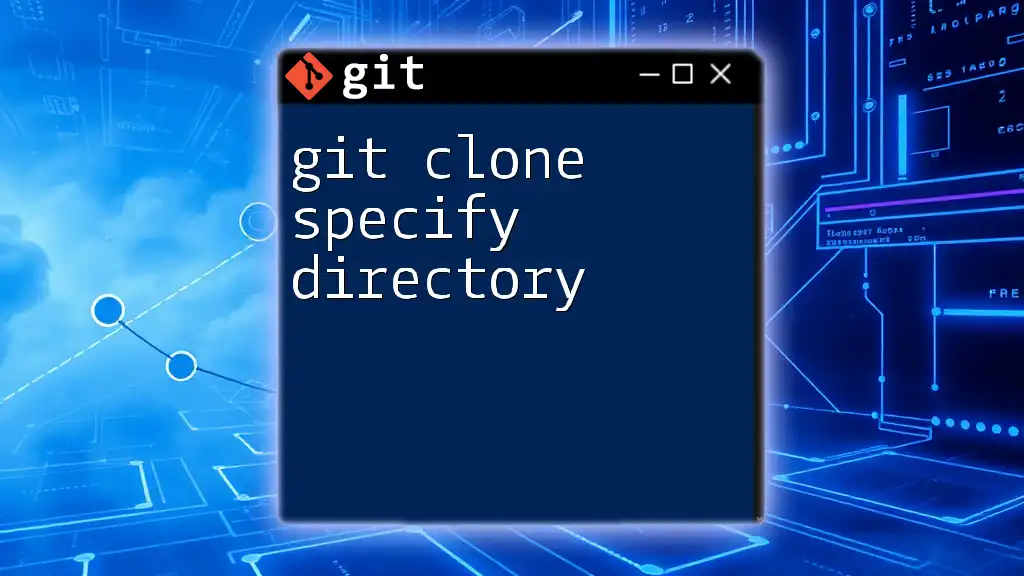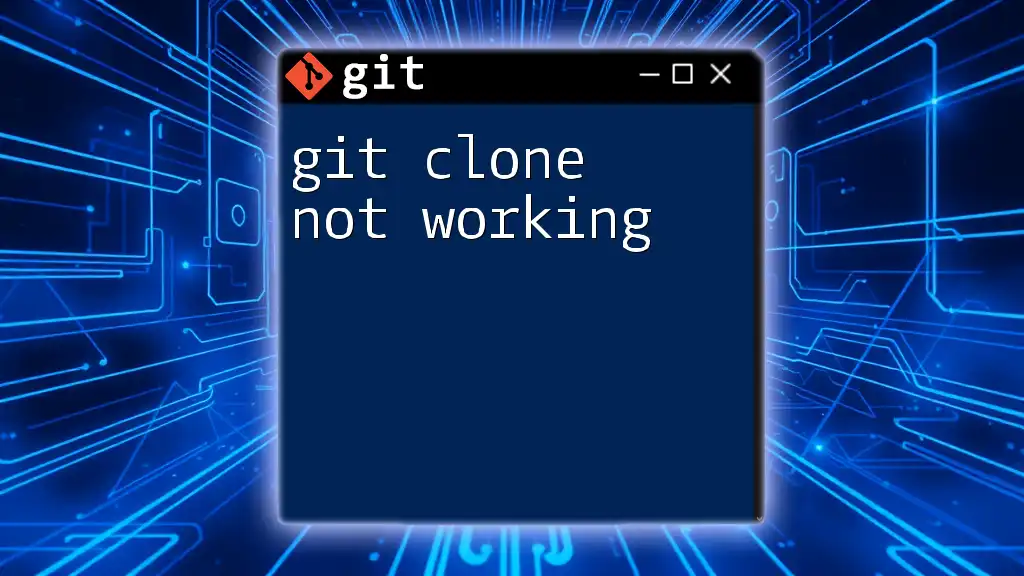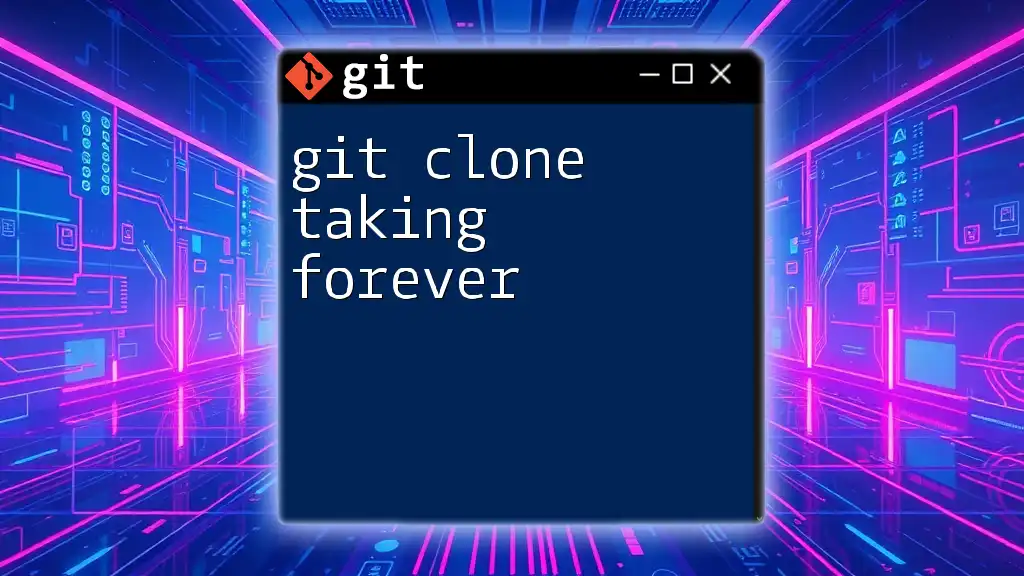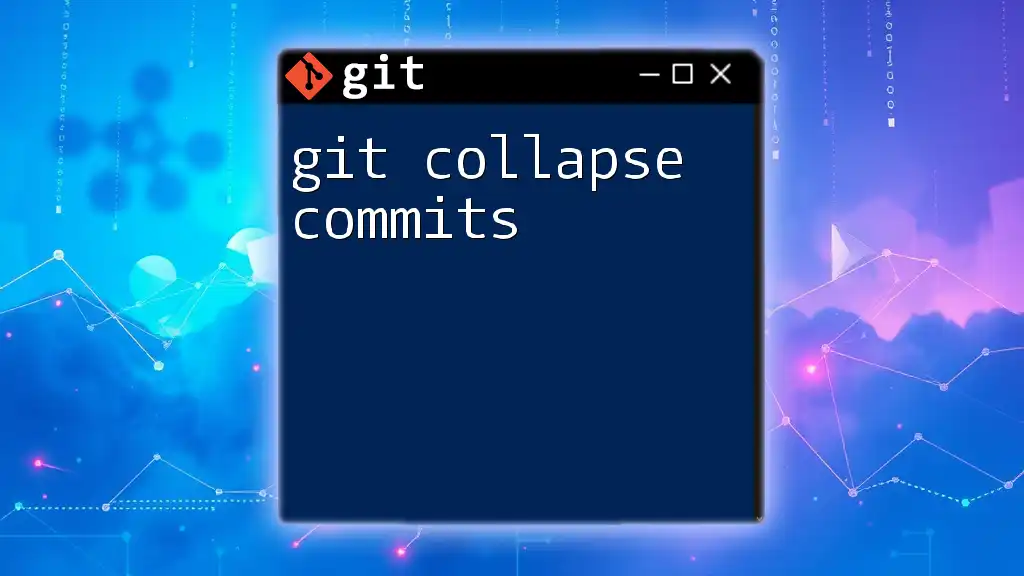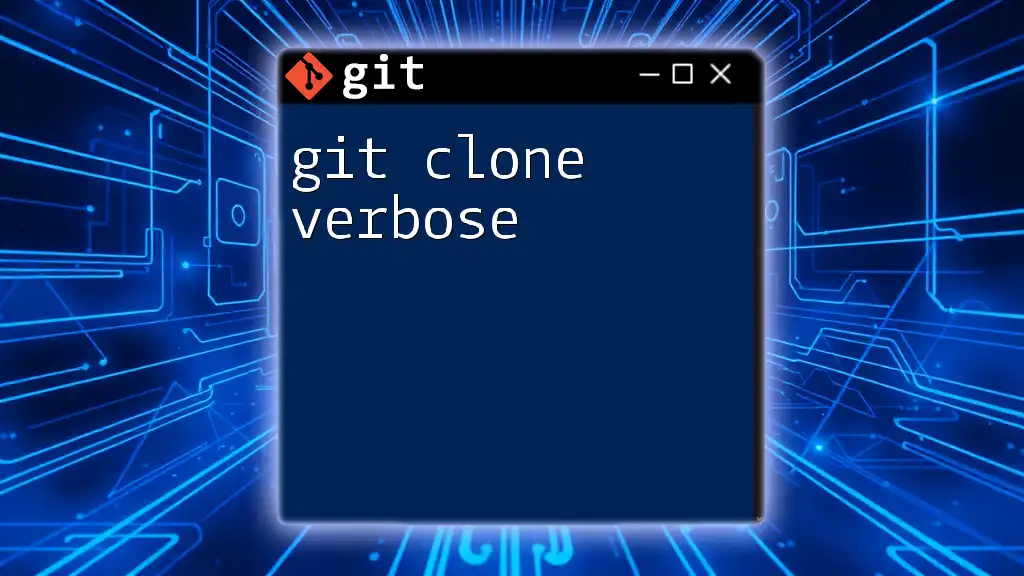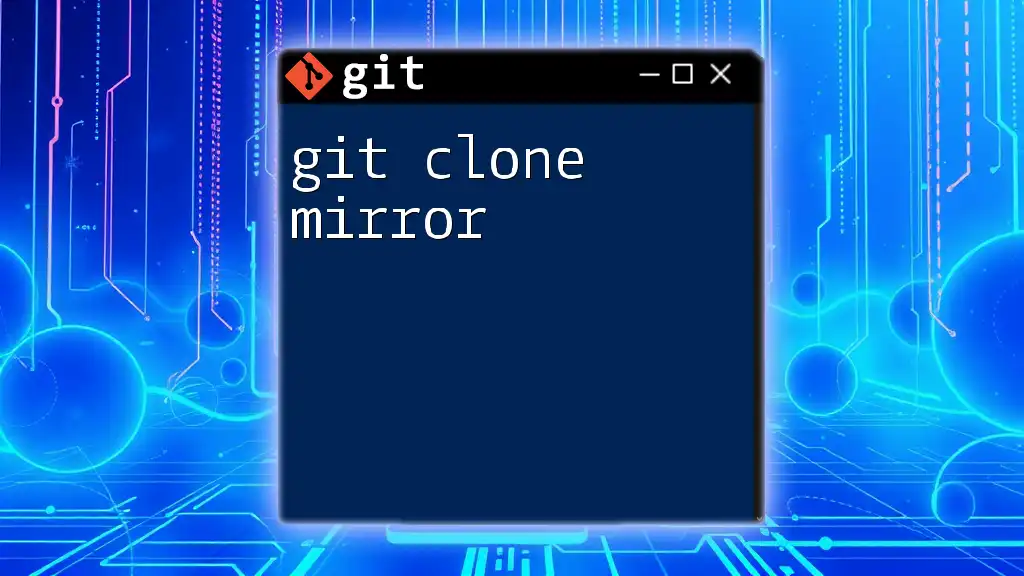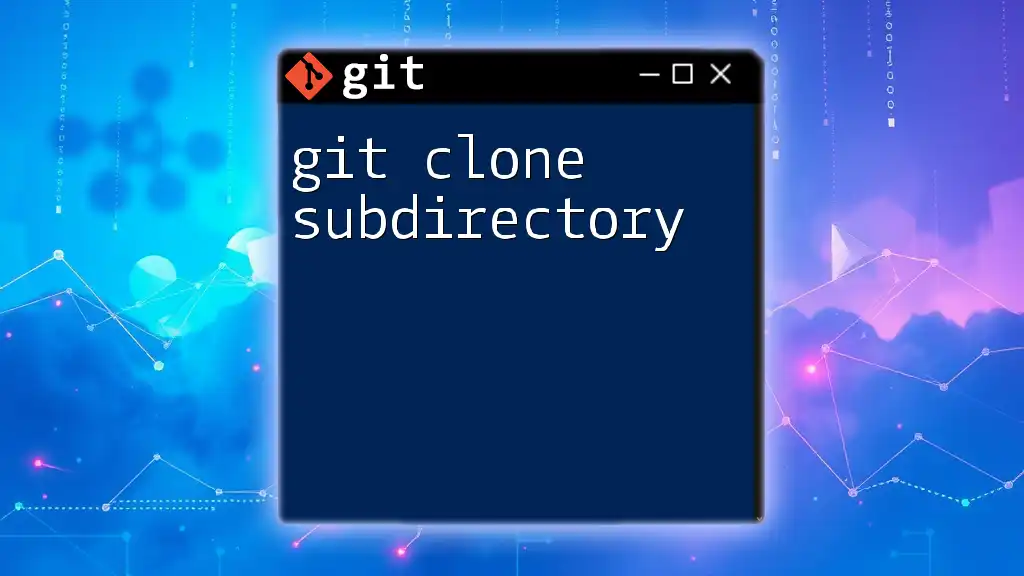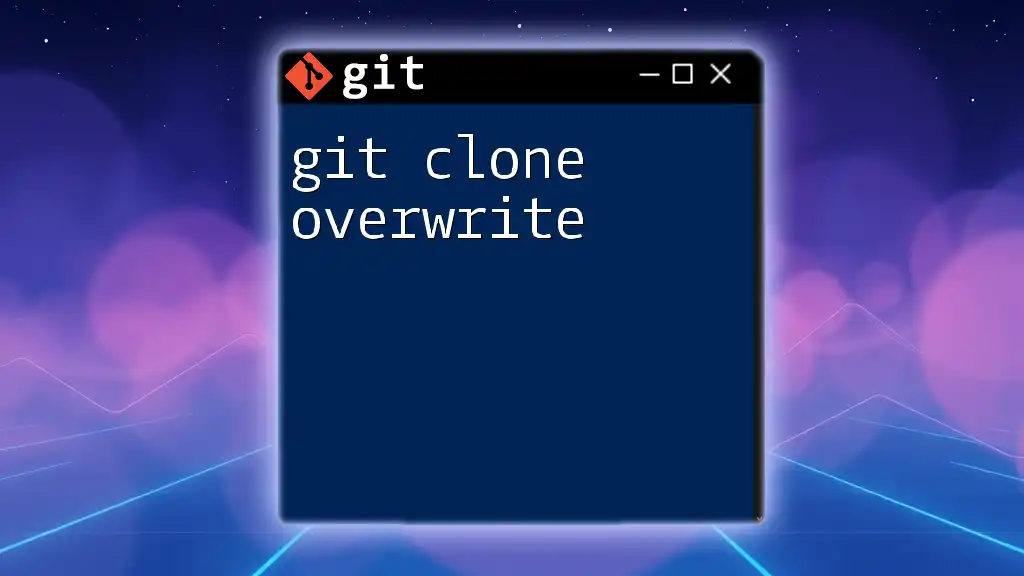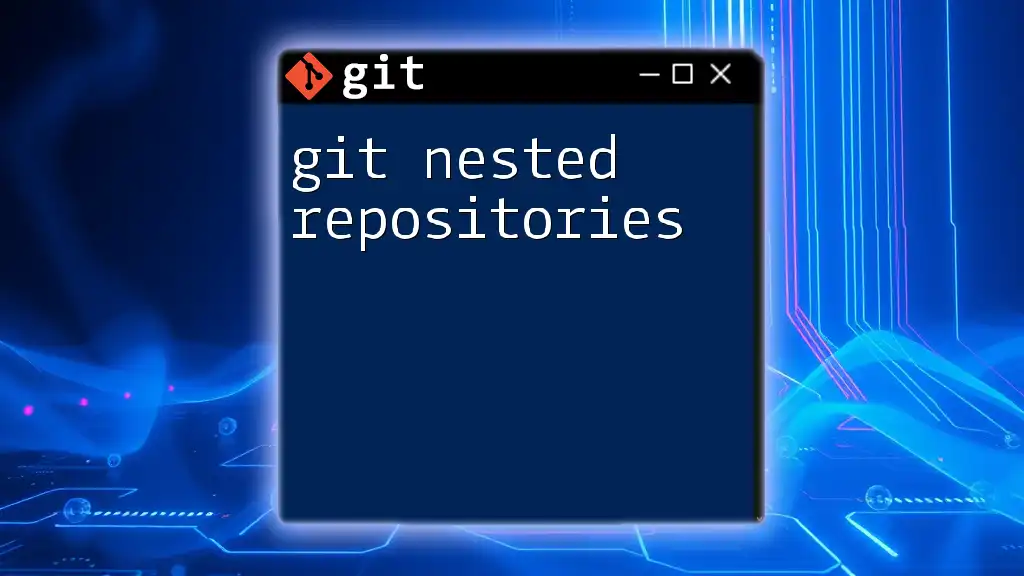The command `git clone https://chromium.googlesource.com/all_users` allows you to create a local copy of the repository from the Chromium source hosted on Google's Source platform.
git clone https://chromium.googlesource.com/all_users
What is Git?
Git is a powerful version control system widely used by developers to manage and collaborate on code. It allows multiple developers to work on a single project simultaneously without overwriting each other’s changes. By tracking changes, Git enables developers to revert back to previous versions of a project, facilitating an easy workflow.
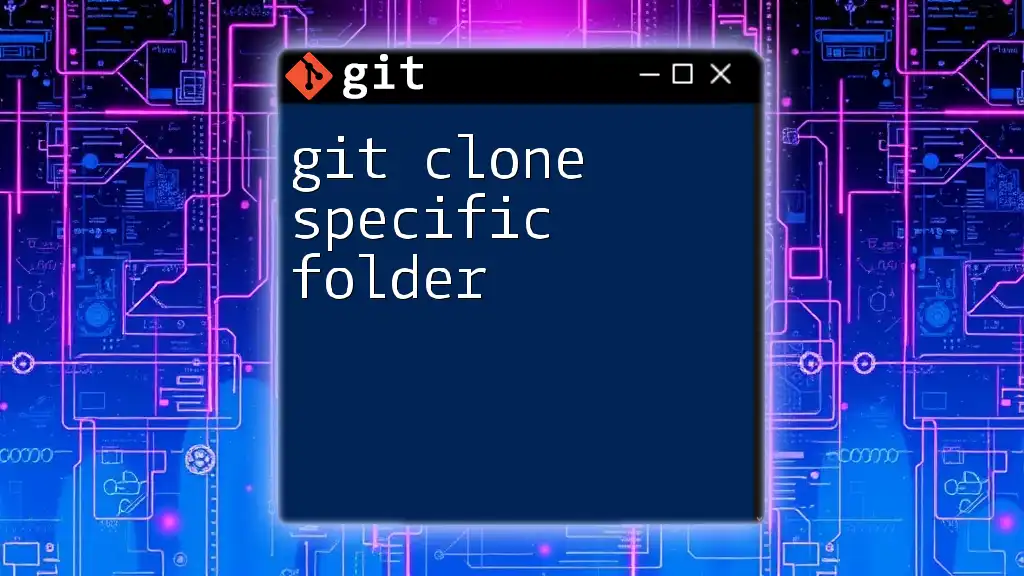
What is `git clone`?
The `git clone` command is a fundamental operation in Git. It creates a local copy of a specific repository hosted on platforms like GoogleSource. Cloning a repository is crucial for developers who want to contribute or test code without affecting the original source.
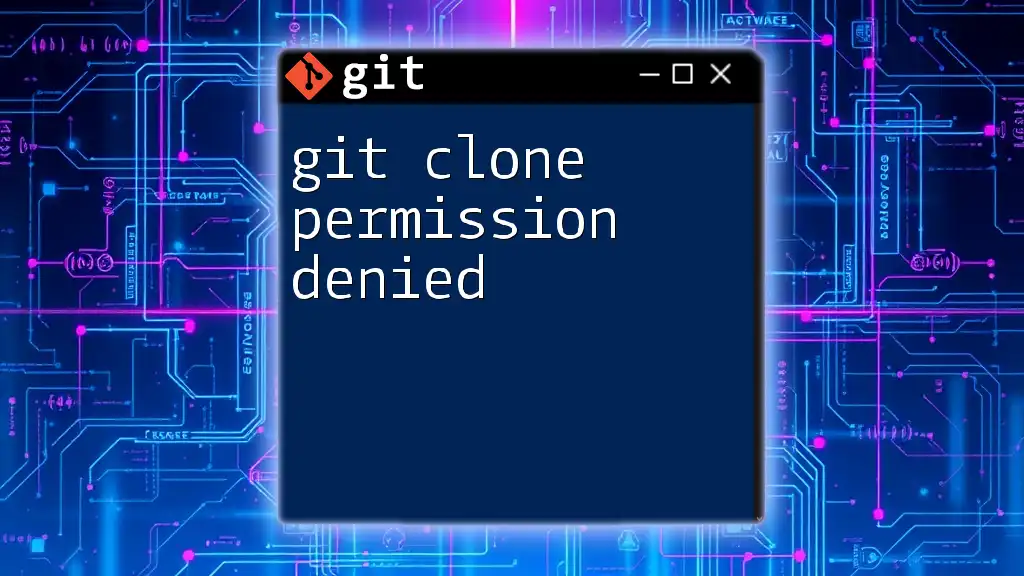
Prerequisites for Cloning a Repository
Git Installation
Before you can utilize Git, it’s essential to have it installed on your system. Here are the instructions for popular operating systems:
- Windows: Download the Git installer from the [official Git website](https://git-scm.com/download/win) and run it.
- macOS: Use Homebrew to install Git with the command:
brew install git - Linux: Most distributions come with Git available through their package manager. For Ubuntu, you can use:
sudo apt-get install git
Setting Up a Git Environment
After installing, configure Git to enhance your experience. This includes setting your username and email, which will be attached to your commits. Execute the following commands in your terminal:
git config --global user.name "Your Name"
git config --global user.email "youremail@example.com"
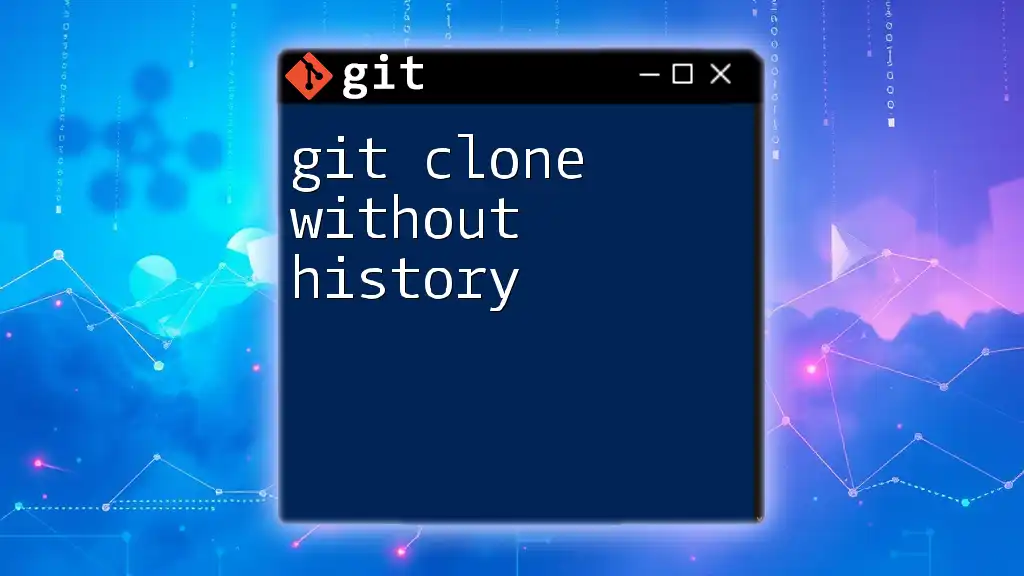
Understanding the Command: `git clone https://chromium.googlesource.com/all_users`
Breaking Down the Command
-
`git clone`: This initiates the cloning process. It directs Git to create a copy of the specified repository.
-
Protocol: The `https` protocol allows for a secure connection when accessing repositories, ensuring your data remains safe during the transfer.
-
Repository URL: The URL `https://chromium.googlesource.com/all_users` points to the Chromium project’s All Users repository. This repository consists of various configurations and settings related to the Chromium project.
Accessing Chromium's All Users Repository
The All Users repository on GoogleSource serves an essential role in the development of Chromium. Developers often use this repository to explore different user configurations, understand the structure of Chromium, and even contribute updates or improvements.
Use Cases for Cloning this Repository
Cloning this repository can be particularly beneficial for various reasons:
- Developers wanting to contribute to the Chromium project.
- Those looking to learn about the internal workings of Chromium and its user management.
- Creating a test environment to explore features without affecting production.
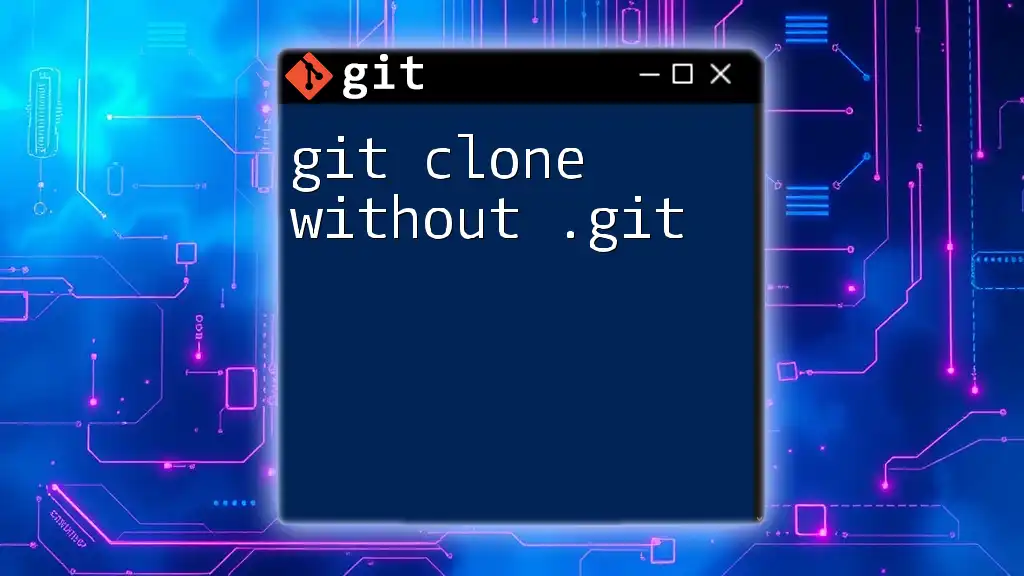
Step-by-Step Guide to Cloning the Repository
Open Your Command Line Interface (CLI)
Accessing the command line interface is the first step. Depending on your operating system:
- Windows: Use Command Prompt or PowerShell.
- macOS: Open the Terminal app from Applications.
- Linux: Open the Terminal from your system’s application menu.
Executing the Clone Command
To clone the repository, you will issue the following command:
git clone https://chromium.googlesource.com/all_users
This command will download a complete copy of the All Users repository onto your local machine within a directory named `all_users`.
Navigating to the Cloned Directory
Once the cloning process is complete, navigate to the newly created directory by executing:
cd all_users
Inspecting the Cloned Files
You can now inspect the files and folders. Use the following command to see what has been cloned into your local directory:
ls
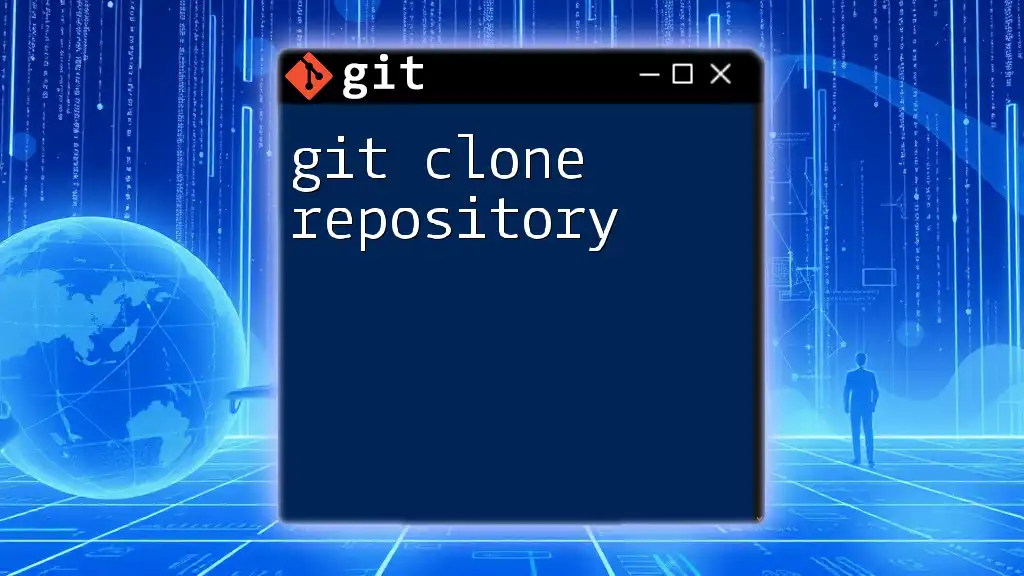
Common Issues and Troubleshooting
Authentication Errors
You may encounter authentication errors while cloning. This commonly occurs if you lack the proper rights or the repository is private. In such cases, ensure you have the correct permissions. If the repository requires authentication, you might need to configure your SSH keys or use a personal access token with HTTPS.
Insufficient Permissions
If you receive permission errors, first check if the repository is public or private. For public repositories, ensure you are using the correct URL format as shown above. For private repositories, you might need to contact the administrator for access.
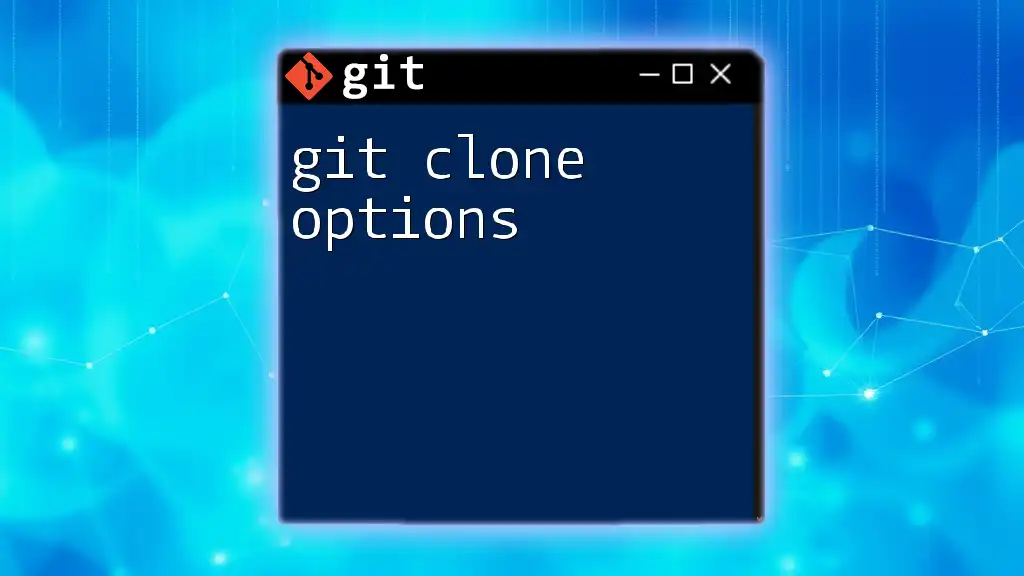
Best Practices for Using a Cloned Repository
Maintaining Your Local Copy
To ensure your local copy stays up to date with the remote repository, regularly pull the latest changes. Use the command:
git pull origin master
This fetches updates from the `master` branch on the remote repository and merges them into your current branch.
Contributing Back to the Repository
If you want to make changes and contribute back to the repository, there are some additional steps to follow:
-
Fork the Repository: Go to the repository page on GoogleSource and click on the Fork option. This allows you to make changes without affecting the original repository.
-
Make Changes: Modify the files as necessary in your local copy.
-
Push Changes to Your Fork:
After making your changes, add and commit them:
git add . git commit -m "Your description of the changes" -
Push to Remote:
Push your commits back to your remote fork with:
git push origin master -
Create a Pull Request: After pushing your changes, go to the repository page on GoogleSource to create a pull request (PR) for your changes to be reviewed and potentially merged into the main project.
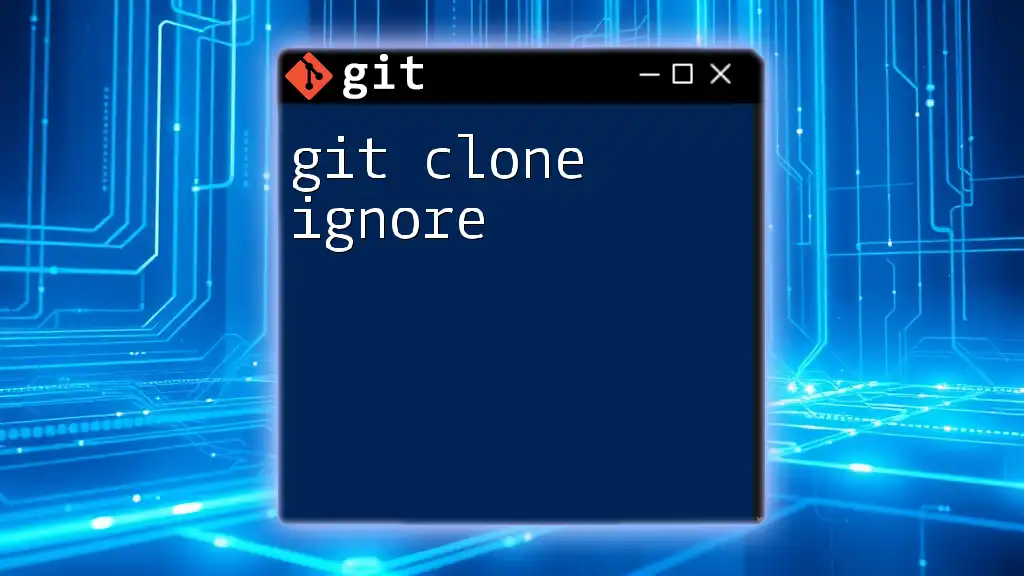
Conclusion
Understanding how to use the `git clone` command, especially with the command `git clone https://chromium.googlesource.com/all_users`, is vital for both novice and experienced developers. It not only facilitates collaboration but also encourages experimentation and learning.
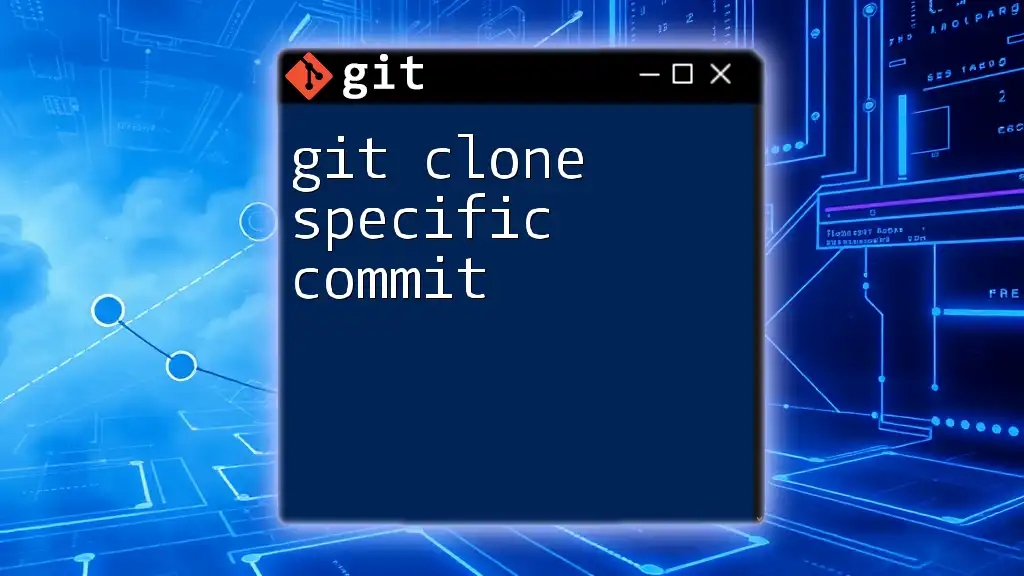
Additional Resources
For those looking to dive deeper into Git, consider exploring the following resources:
- [Official Git Documentation](https://git-scm.com/doc)
- [Chromium Developer Documentation](https://www.chromium.org/developers)
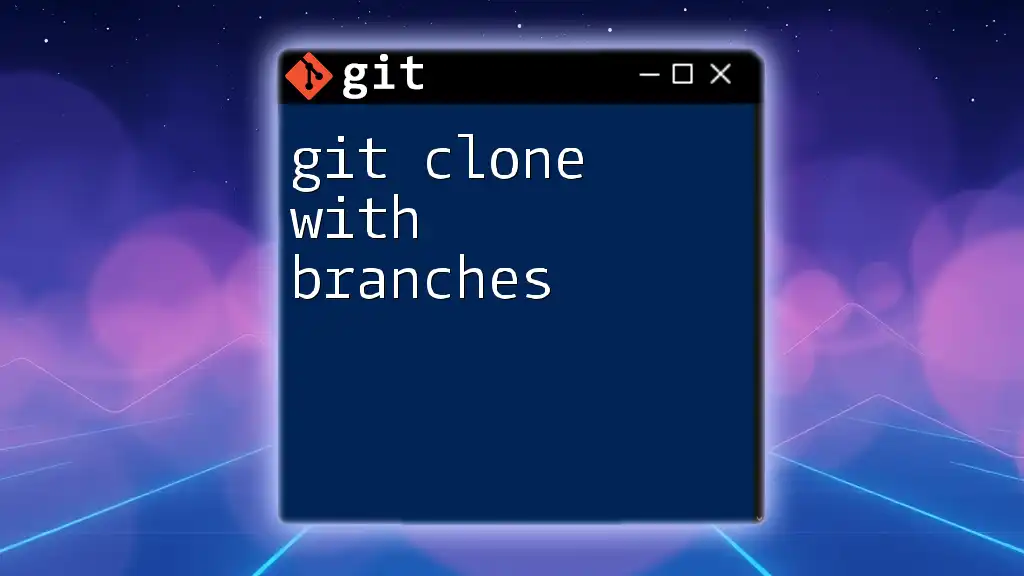
FAQs
What if I'm getting a 404 error when cloning?
A 404 error typically indicates that the repository cannot be found. Verify that the URL is accurately typed and that the repository exists.
Can I clone this repository without Git?
Cloning directly without Git is not possible, as Git is the tool that manages the cloning process. However, you can download the repository as a ZIP file from GoogleSource, though this will not set up a Git repository locally.
What do I do if I want a more specific directory name when cloning?
You can specify a new directory name by adding it to the clone command like so:
git clone https://chromium.googlesource.com/all_users my_custom_directory
This will clone the repository into a directory named `my_custom_directory`.

